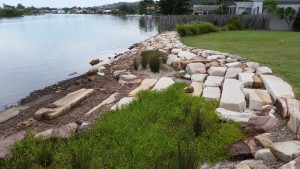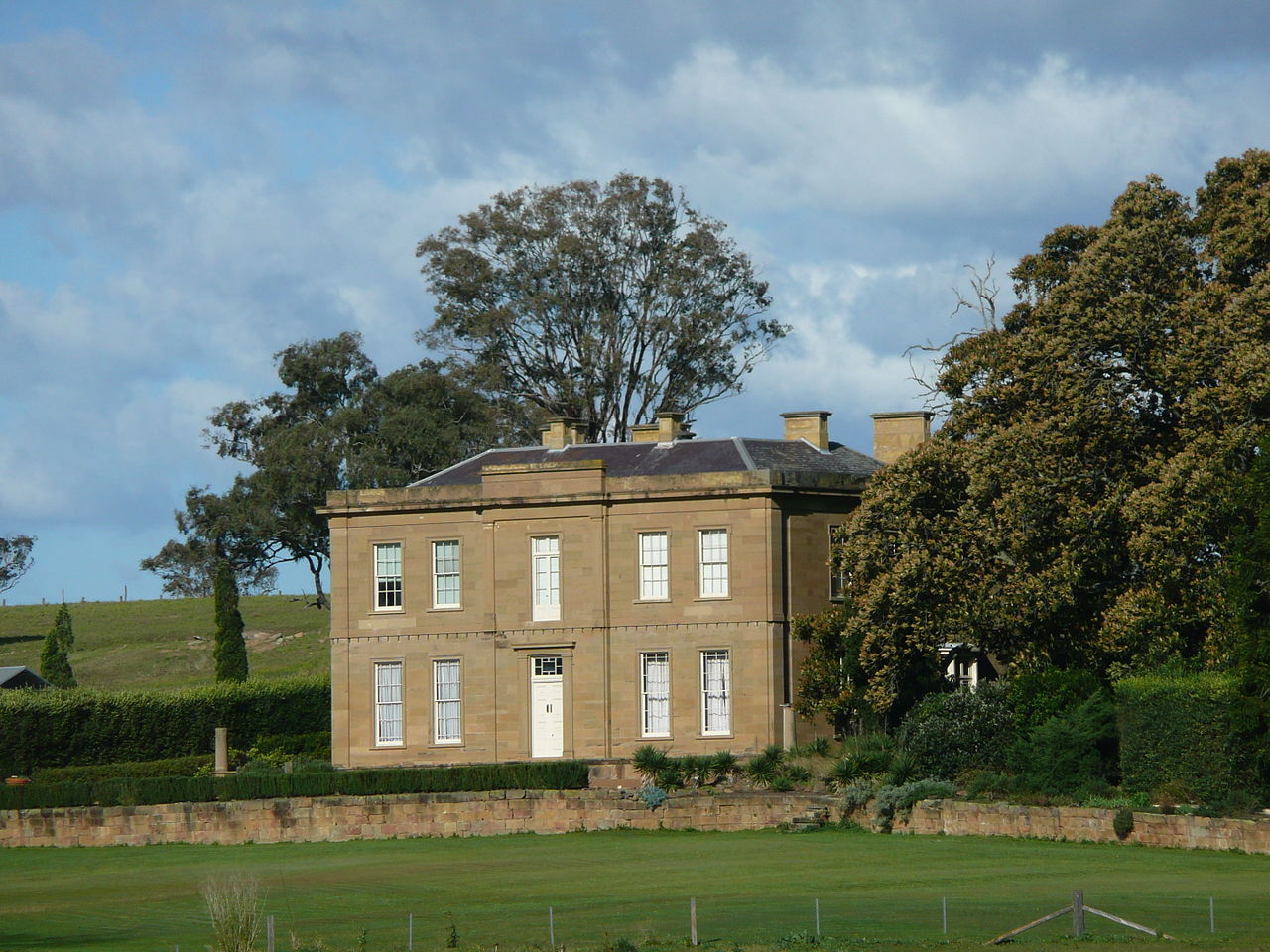A City with Centuries of Heritage: Earp Gillam & Co.
Newcastle is a vibrant and historic city, established in the earliest years of the 19th century as an abundant trading post for coal and other exports. Offering a glittering harbour, perfectly positioned for trade, Newcastle is continually used as a prime outpost for international trade, being the largest coal exporter in the world. Various Heritage-Listed structures remain as an emblem of Newcastle’s unique past.
Eikos was recently engaged to provide a Statement of Heritage Impact for alterations to the State Heritage-Listed ‘Earp Gillam & Co.’ Bond Store. Eikos provided a comprehensive report detailing how proposed alterations for an internal office fit out met all the requirements for a Standard Exemption under the State Heritage Act 1977. Eikos has also been engaged to provide a Briefing to contractors regarding best practice to protect the site’s original materials.
The Victorian-era building was erected in 1888, designed by Architect Frederick Menkens (1854 – 1910) and endures as a symbol of the city’s history of sea trading. The building provided a warehouse for Earp Gillam & Co. who sold coal and building materials to the Australian colony and abroad.
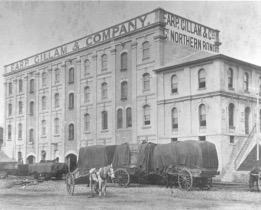
Shifting Times and Shifting Enterprise
The Earp Gillam & Co. building evolved throughout Newcastle’s history as a major trading warehouse for coal and building materials, enduring throughout the World Wars, the Great Depression, and many changes to Newcastle’s landscape. The company itself shifted form many times over the years, selling coal in the 19th century, branching out to Ford cars in the 1920s, then even manufacturing and selling Arnott’s biscuits in the late 1930s, all endeavours making use of the site. Throughout all these changes, the Bond Store building remained an important centre for production and trade throughout Newcastle, the rest of Australia, and the world.
After the Second World War, Earp Gillam & Co. began dealing in tiles and ceramics, and it continues to do so today. The Bond Store now provides office space for multiple businesses. Each occupant utilises the Adaptive Reuse approach to heritage, which preserves the building’s historic charm, but allows for ongoing commercial use of the site through making measured changes as necessary.

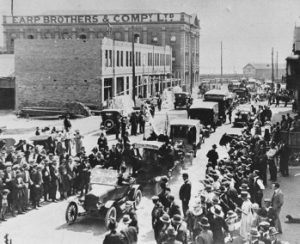
Heritage Expertise with Eikos
With a history of over 135 years, Eikos is proud to have been engaged in the protection of this unique and historic building. Boasting a beautifully preserved façade and interior, the Bond store is emblematic of Newcastle’s history as a significant harbourside economy in the 19th and 20th centuries. Located near the iconic Customs House, the Earp Gillam & Co. Bond Store provides historic Victorian charm to the main streets of Newcastle.
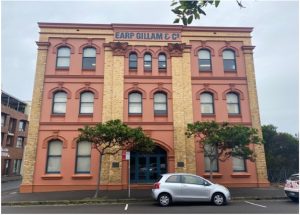
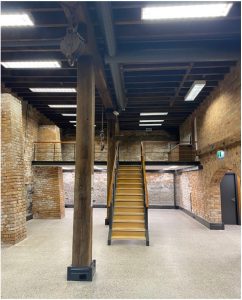
Get in Touch
Eikos has an outstanding track record in providing high-quality assessment and reporting for State Heritage Register buildings. The Earp Gillam & Co. building is just one example within an extensive portfolio. We are experts in local heritage, providing comprehensive reports for all your heritage needs.
Get in touch today to discuss any of your heritage projects.
Email Trevor@Eikos.com.au
Call Trevor on 0409 461 781
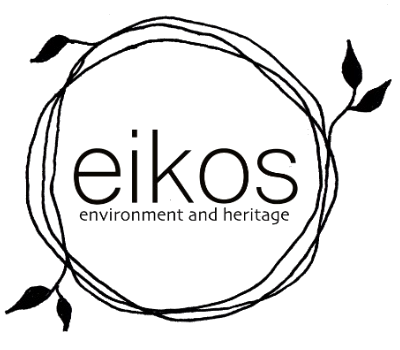
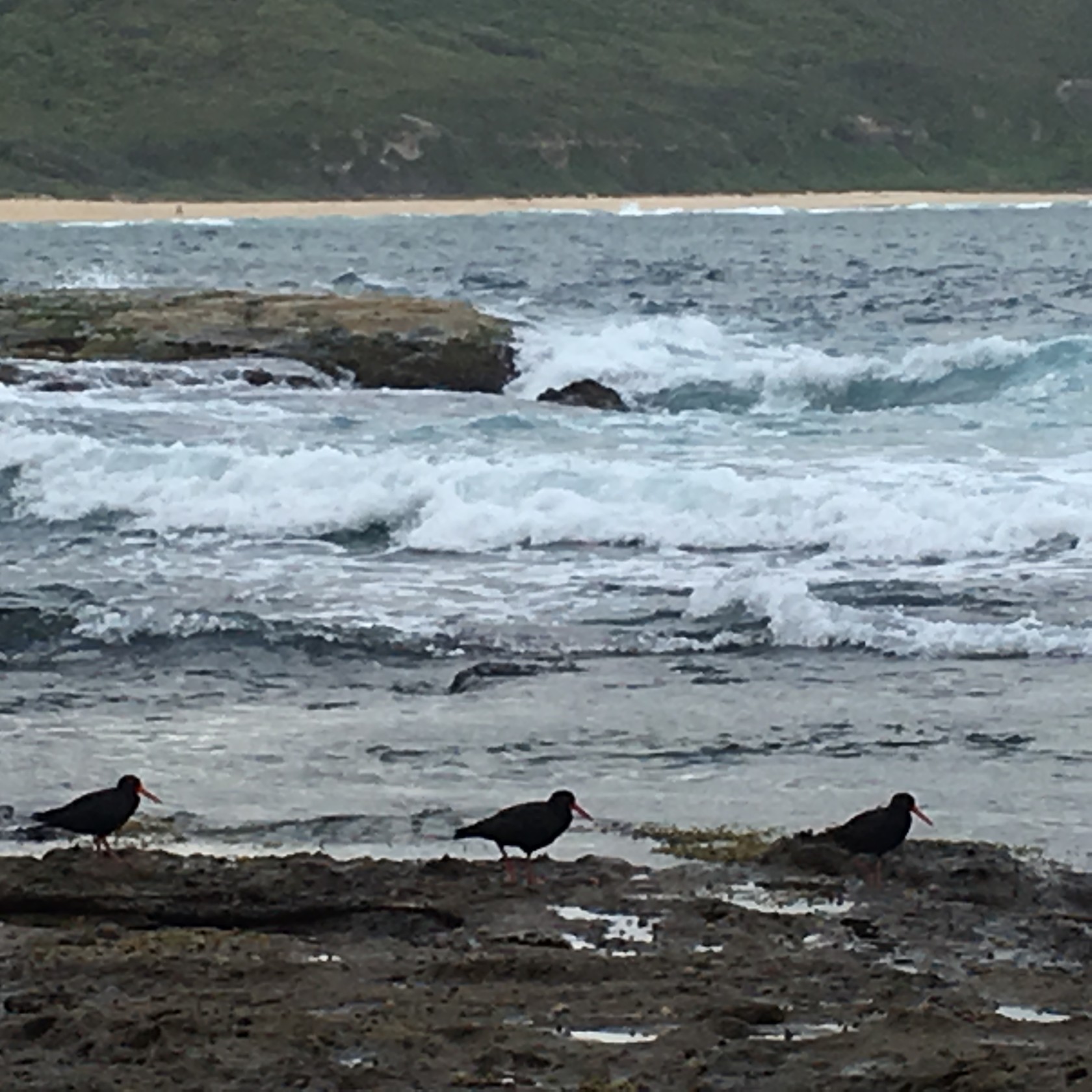

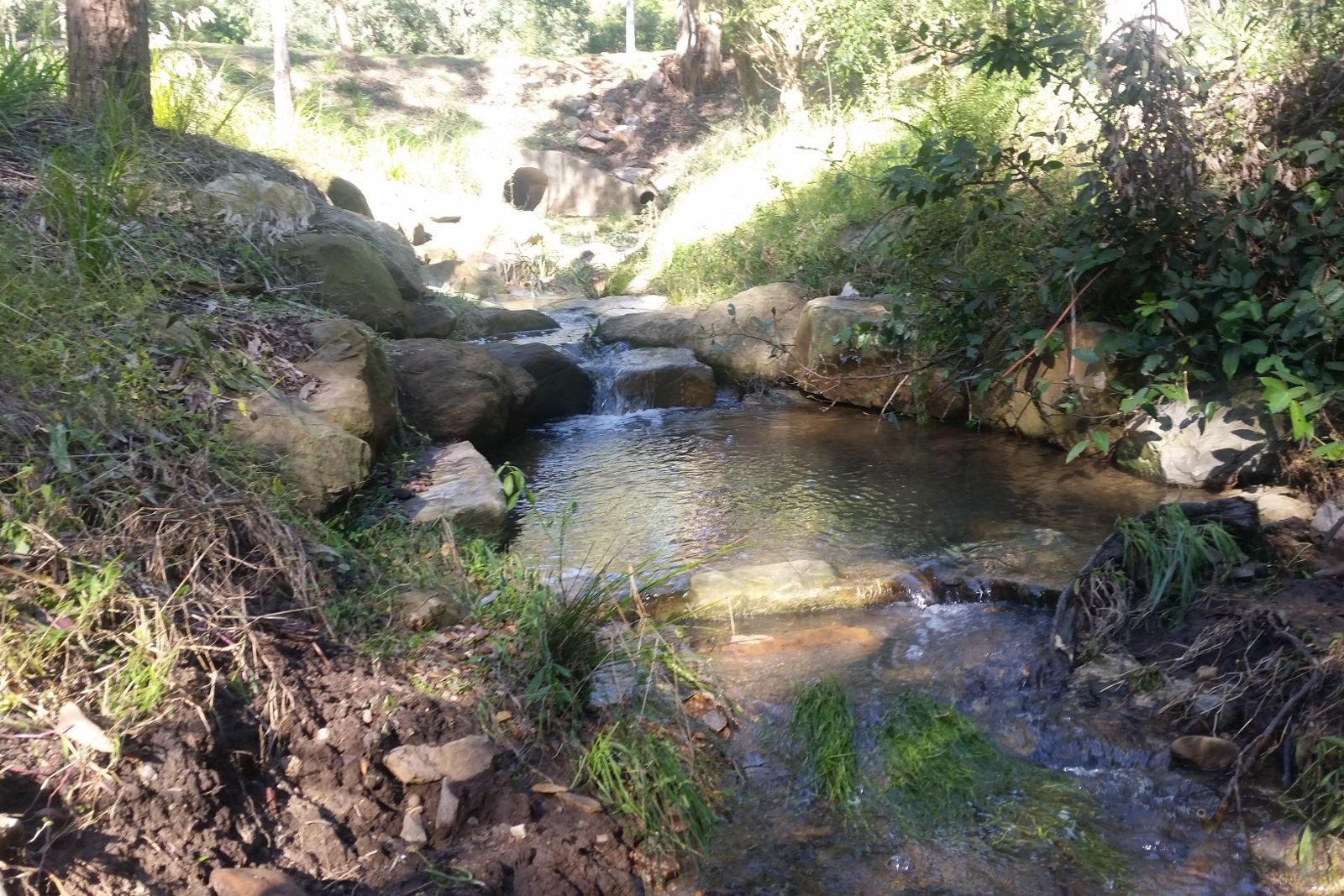
 Home owners who live on the foreshore of a lake, the bank of a stream or close to the ocean face an on-going dilemma – how do I protect my assets from the impacts of storm events and predicted sea level rise while maintaining good access to the waterway and meeting my environmental obligations?
Home owners who live on the foreshore of a lake, the bank of a stream or close to the ocean face an on-going dilemma – how do I protect my assets from the impacts of storm events and predicted sea level rise while maintaining good access to the waterway and meeting my environmental obligations?